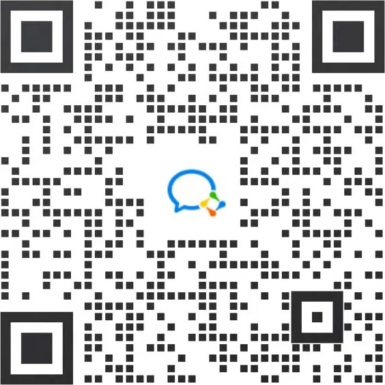Schroder Investment: It is necessary to adopt multiple sources of income in the financial market to supplement credit and high dividend yield as the market is tense and unstable.
2024-09-18 07:14
This summer, the Bank of Japan raised its benchmark interest rate to 0.25% by the end of July 2024, causing tension and anxiety in the financial markets, especially triggering a domino effect in the stock and fixed income markets.
Schroders global investment report states that this summer, the Bank of Japan will raise the benchmark interest rate to 0.25% by the end of July 2024, causing unease in financial markets, especially triggering a domino effect in the stock and fixed income markets. Subsequently, the Standard & Poor's 500 VIX panic index soared to its third highest historical record. Therefore, it is necessary to diversify from traditional sources of income, such as credit and high dividend stocks, in order to effectively supplement existing income streams throughout the economic cycle. Investment-grade corporate bonds and high-yield bonds have traditionally been considered the cornerstone of income investment portfolios. Convertible bonds, securitized credit, and insurance linked securities are alternative income sources worth considering for investors. From a multi-asset investment perspective, these asset classes are viewed favorably as they have low correlations with stocks and fixed income, while having the potential to provide attractive levels of income and improve risk-adjusted returns.
In an environment of high inflation and high interest rates, the correlation between bonds and stocks remains high. When considering how to generate income, investors should reassess the role of traditional bonds in their portfolios as a risk diversification tool. Fixed income investments can indeed generate income, but interest rate risk is two-sided.
Traditional sources of income
Schroders global believes that investment-grade corporate bonds and high-yield bonds have traditionally been considered the cornerstone of income investment portfolios.
Within the high-yield bond category, there has been a significant amount of debt issued in recent years, with some of it maturing in 2025 and requiring refinancing. Refinancing costs will be higher in a prolonged environment of high interest rates. Therefore, investors should pay special attention to potential refinancing risks.
Meanwhile, credit spreads for investment-grade corporate bonds are small, and valuations are still expensive (currently around 20%). In this context, continuing to seek diversification and alternative sources of income is advised.
How do other income sources complement the portfolio?
Convertible bonds, securitized credit, and insurance linked securities are alternative income sources worth considering for investors. From a multi-asset investment perspective, these asset classes are viewed favorably because they have low correlations with stocks and fixed income, while having the potential to provide attractive levels of income and improve risk-adjusted returns.
Convertible bonds: Given that interest rates are declining, convertible bonds can capture attractive upside potential. Compared to direct investment in stocks, convertible bonds provide a flexible option with lower downside risk. Convertible bond issuers are typically medium-sized companies that can benefit from a rate-cutting environment.
Securitized credit: This asset class makes up a large part of the US bond market and can provide diversified income, making it an alternative choice to traditional corporate bonds. Securitized credit provides different drivers from traditional credit, relating to cash flows from consumers, housing, and other tangible assets. It can offer higher yield and credit quality compared to US investment-grade bonds while lowering duration.
Insurance linked securities: These assets aim to transfer insurance risks from insurance companies to capital market participants with limited or almost no correlation to traditional stocks and fixed income. Their returns are based on factors such as the frequency and severity of natural disasters, which can result in insurance losses, such as earthquakes and hurricanes in highly insured peak areas.
Insurance linked securities (ILS) can provide risk-adjusted returns and have low correlations with the macro economy and traditional assets. Common types of insurance linked securities are catastrophe bonds (cat bonds).
Impact of climate change on insurance linked securities
As climate change increasingly leads to a growing demand for insurance coverage, this presents both threats and investment opportunities. However, climate change is a gradual long-term phenomenon, while typical insurance linked securities are short-term investment products.
Furthermore, only weather-related insurance risks are affected when considering the impact of climate change. Other natural disaster risks such as earthquakes (key drivers of tail risk in the entire insurance linked securities market) remain unaffected.
As long as potential risk models can appropriately reflect the increased risk levels associated with these trends and the risks are properly hedged, broader trends will still provide attractive investment opportunities for insurance linked securities investors.
RECOMMEND

AMAC: In January, 137 new asset-backed special plans were filed, with a total scale of 1122.64 billion yuan.
26/02/2025

Schroder Investment: Investors should consider allocating funds to securitized credit and insurance-linked securities.
26/02/2025

Reuss County Asset Annual Reflection: Policy Tipping Point is very clear. The semiconductor industry in 2025 is a game for the brave.
26/02/2025


